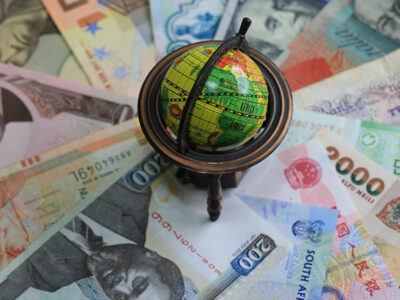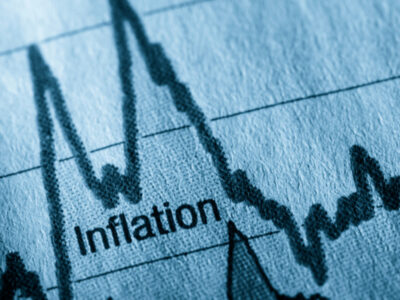The forex market is the largest and most liquid financial market in the world, with daily turnover exceeding $7 trillion. But beneath those impressive numbers lies a dynamic ecosystem where liquidity—how quickly a currency pair can be bought or sold without impacting its price—can fluctuate dramatically. For traders, understanding liquidity trends is more than just a technical detail; it’s a strategic advantage.
Understanding Forex Liquidity
Liquidity in the forex market refers to the ease with which one currency can be exchanged for another. The more liquid a pair is, the more stable and predictable its price movements tend to be. High liquidity means tight spreads, lower transaction costs, and faster execution—an ideal environment for most traders.
Several factors influence liquidity in the forex market:
Trading volume:
Pairs that are traded more frequently tend to be more liquid.
Market sessions:
Liquidity ebbs and flows with the major trading sessions—Asian, London, and New York—with the London-New York overlap being the most active.
Macroeconomic events:
Central bank decisions, employment reports, and geopolitical developments can increase or decrease liquidity.
While liquidity can be your friend, its absence can be dangerous. Wider spreads, price slippage, and erratic moves become more common in low-liquidity environments, increasing your exposure to unexpected losses.
Major Currency Pairs: The Giants of Liquidity
When traders talk about “majors,” they’re referring to the most traded currency pairs in the world. These typically include:
- EUR/USD
- USD/JPY
- GBP/USD
- USD/CHF
- AUD/USD
- USD/CAD
- NZD/USD
These pairs represent economies with stable political systems, large financial markets, and central banks with global influence. As a result, they boast the highest trading volumes and the narrowest bid-ask spreads.
Trading major pairs offers several advantages:
Low transaction costs:
The tight spreads make them ideal for high-frequency strategies like scalping or day trading.
High predictability:
Because they attract the most attention, they tend to follow technical patterns more consistently.
Responsive to data:
Economic announcements—like U.S. non-farm payrolls or ECB interest rate decisions—often cause measurable and tradable reactions.
For traders looking for consistent liquidity and quick execution, major pairs are typically the go-to. To explore the most commonly traded forex pairs, you might want to look at this site.
Minor and Exotic Pairs: Where Volatility Meets Opportunity
Minor currency pairs are those that don’t include the U.S. dollar but still represent strong economies. Examples include:
- EUR/GBP
- AUD/NZD
- CAD/JPY
Exotic pairs, on the other hand, combine a major currency with the currency of a developing or smaller economy. Think USD/TRY (Turkish Lira) or EUR/ZAR (South African Rand).
These pairs are generally less liquid for a few reasons:
Lower global demand:
Fewer traders are interested in these combinations.
Wider spreads:
Brokers often charge more for trading them due to the increased risk.
Price sensitivity:
Exotic pairs can be extremely sensitive to local news or capital flows, leading to dramatic price swings.
That said, these characteristics also offer opportunity. Minor and exotic pairs can see large price moves in short periods, making them attractive to swing traders and those with higher risk tolerance. If you’re looking to take advantage of mispricings or fast-moving momentum, these pairs can be useful—but only with proper risk controls.
Liquidity Trends: When and Why They Matter
Liquidity in the forex market fluctuates throughout the day and is shaped by both scheduled and unexpected events.
The 24-hour trading cycle is marked by distinct phases: the Asian session is generally quieter and better suited to range-bound strategies, while the London and New York sessions see significantly higher activity, particularly during their overlap, which tends to be the most liquid and volatile period.
Scheduled economic events such as interest rate decisions or employment data often trigger short-term liquidity surges, either tightening spreads or causing unpredictable price swings.
Meanwhile, unexpected geopolitical developments—like conflicts or political instability—can swiftly drain liquidity, increasing spreads and market risk, especially in regionally affected currency pairs.
Strategies to Exploit Liquidity Trends
Recognising liquidity patterns allows traders to match strategies with optimal market conditions. Scalping works best with major pairs like EUR/USD or GBP/USD during peak liquidity windows, especially the London-New York overlap, when spreads are tight and execution is fast.
Conversely, swing traders may find opportunities in minor pairs during quieter periods, where thinner liquidity can magnify price moves, provided risks are carefully managed. While spot forex lacks centralised volume data, traders can rely on proxies like volatility indicators, order book data, and session overlays to gauge liquidity.
Risk management should also adapt to conditions: wider stop-losses, smaller positions, and caution with market orders during volatile news events can help mitigate slippage and surprise losses.
Conclusion
Liquidity is the silent driver of success in the forex market. Whether you’re trading high-frequency strategies with major pairs or taking advantage of volatility in the minors, aligning your tactics with liquidity trends can make a significant difference in your outcomes.
By paying attention to when and how liquidity shifts, you’ll be better equipped to manage risk, capitalise on movement, and trade with purpose, not just guesswork. In the ever-evolving landscape of forex, it’s the traders who understand the rhythm of liquidity that stay one step ahead.














Comments